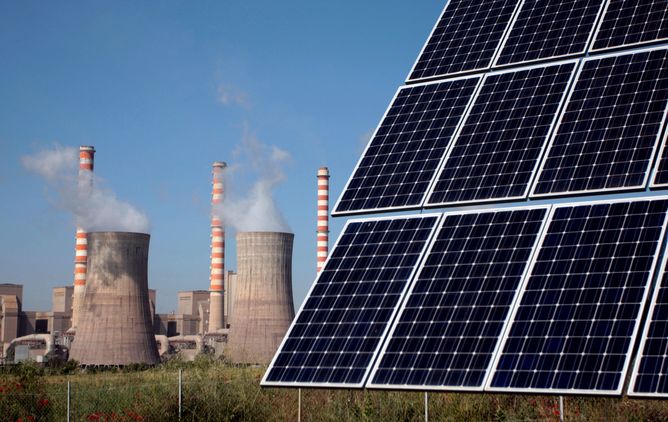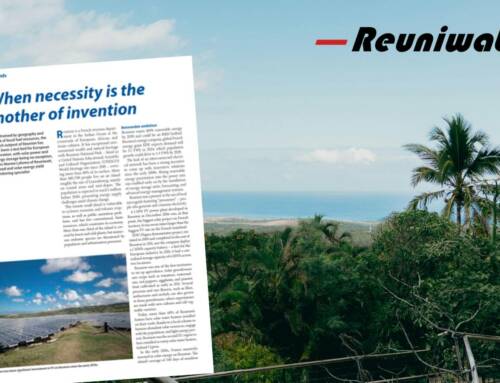You probably know the well-respected Paris-based International Energy Agency for its optimistic views on the future of non-renewable energy sources, mainly oil and coal.
But it seems like time has come for a change.
On the first page of its September 2014 Technology Road Map for Solar Photovoltaic Energy report, Maria van der Hoeven, executive director of the IEA admits it: “Much has happened since our 2010 IEA technology roadmap for PV energy. PV has been deployed faster than anticipated and by 2020 will probably reach twice the level previously expected”.
Indeed in 2010, right in the middle of the economic crisis, who in the IEA would have bet on this expensive, highly subsidised technology whilst coal is abundant, cheap, and easy to use?
But in post-Fukushima times, with more and more concerns about climate change and ever more uncertainty in the Middle East threatening oil supplies, solar energy is now seen as a very good alternative. Even the Chinese government previously known for its focus on development at all costs whatever the consequences on the environment realized it is not possible to live in cities shrouded in a cloud of carcinogen particles emitted by their surrounding coal power plants and is now pushing solar technology implementation!
Yes, the IEA now says in 2050 solar could become the first source of energy for generating electricity. No need to read the previous sentence 3 times, you got it right. #1. Numero uno. 第一. 16% of market share for Photovoltaic and 11% for thermal. That’s 27% of the cake for good ol’ sun.
How come such a change happened? You probably know, the more you produce and use a technology, the cheaper it will be (think about flat screens in the 2000s and their price now). Solar technology obeys to the same law of the ‘learning curve’. With ever cheaper china-made PV panels, big-scale infrastructure, technology developments and an increasing experience for all market players, solar is now about to reach grid parity in many places.
But costs reduction isn’t the only reason for the fabulous increase of number of solar installations throughout the world.
It decreases the countries’ energy dependency on other countries’ primary resources (often dictatorships, by the way), decreases health risks (no risk of radioactive downfalls or particle pollution). Of course it decreases the countries’ CO2 emissions. It allows multiple small companies to be created along the whole supply chain, from PV installation to operation and maintenance. It pushes for new technologies and innovation.
However, with 27% of the electricity produced from an intermittent source of energy, guess what will be absolutely necessary to insure the grid stability and limit over-production?
Yup!
** Forecasting **





